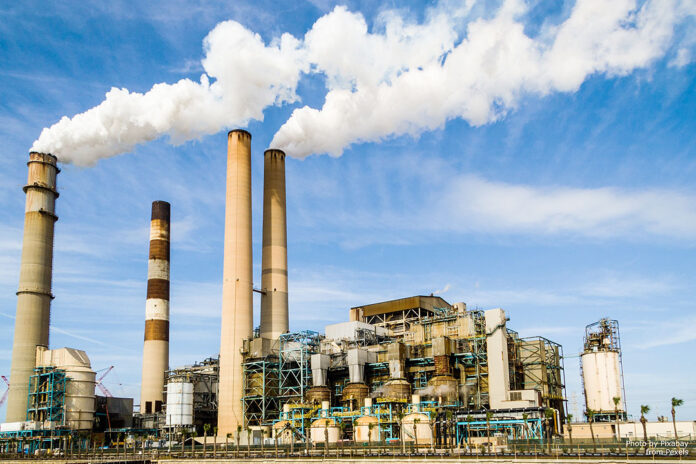THE GOVERNMENT needs to consider allowing coal-fired power plants to “co-fire” using biomass fuel, which a renewables industry official said carries the potential to reduce emissions and decarbonize the industry.
“(The government should) introduce co-firing in coal plants as a strategy to decarbonize the economy. This is practiced in developed economies… Japan and South Korea give incentives to coal plants which utilize biomass in their fuel blend,” San Carlos Biopower, Inc. President Arthur N. Aguilar told BusinessWorld via Viber last week.
Co-firing will pave the way for the development of dedicated biomass plantations which can provide sustainable fuel to the coal-fired facilities, Mr. Aguilar said.
He said the Philippines has an abundance of deforested land which can be used to cultivate biomass feedstock, including trees and Napier grass.
Biomass used in the co-firing process has the potential to replace up to 50% of the coal used in thermal power generation, according to an International Renewable Energy Agency report published in 2013.
Although biomass co-firing is considered a viable transition option which can lead to a carbon-free power sector, developing countries must be prepared policy and technology-wise to limit the “adverse” impact of co-firing on the environment, the intergovernmental organization said.
Mr. Aguilar added that the government should push waste-to-energy (WTE) projects that use biomass or organic matter in line with the Clean Air Act.
According to an administrative order issued by the Environment department two years ago, developers can build WTE plants as long as they meet certain conditions.
Asked how the government could further encourage investments in the biomass sector, Don Mario Y. Dia, the president of Biomass Renewable Energy Alliance, Inc., said the Energy department must maintain a conducive environment to sustain investors that undertake the risk of building power plants, chiefly via incentives.
“If DoE continues to provide this environment, they will see more investors developing projects in the renewable space. (Providing) incentives starts the build-up in all aspects of developing new plants. This enticement creates the propagation of new builds and these must be supported all the way,” he told BusinessWorld via Viber last week.
In 2020, the Philippines added around 84 megawatts (MW) in biomass capacity, raising the installed base to 443 MW, according to DoE (Department of Energy) data. — Angelica Y. Yang

